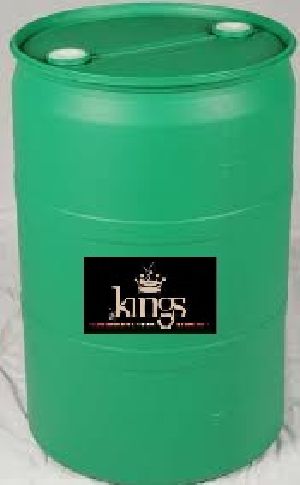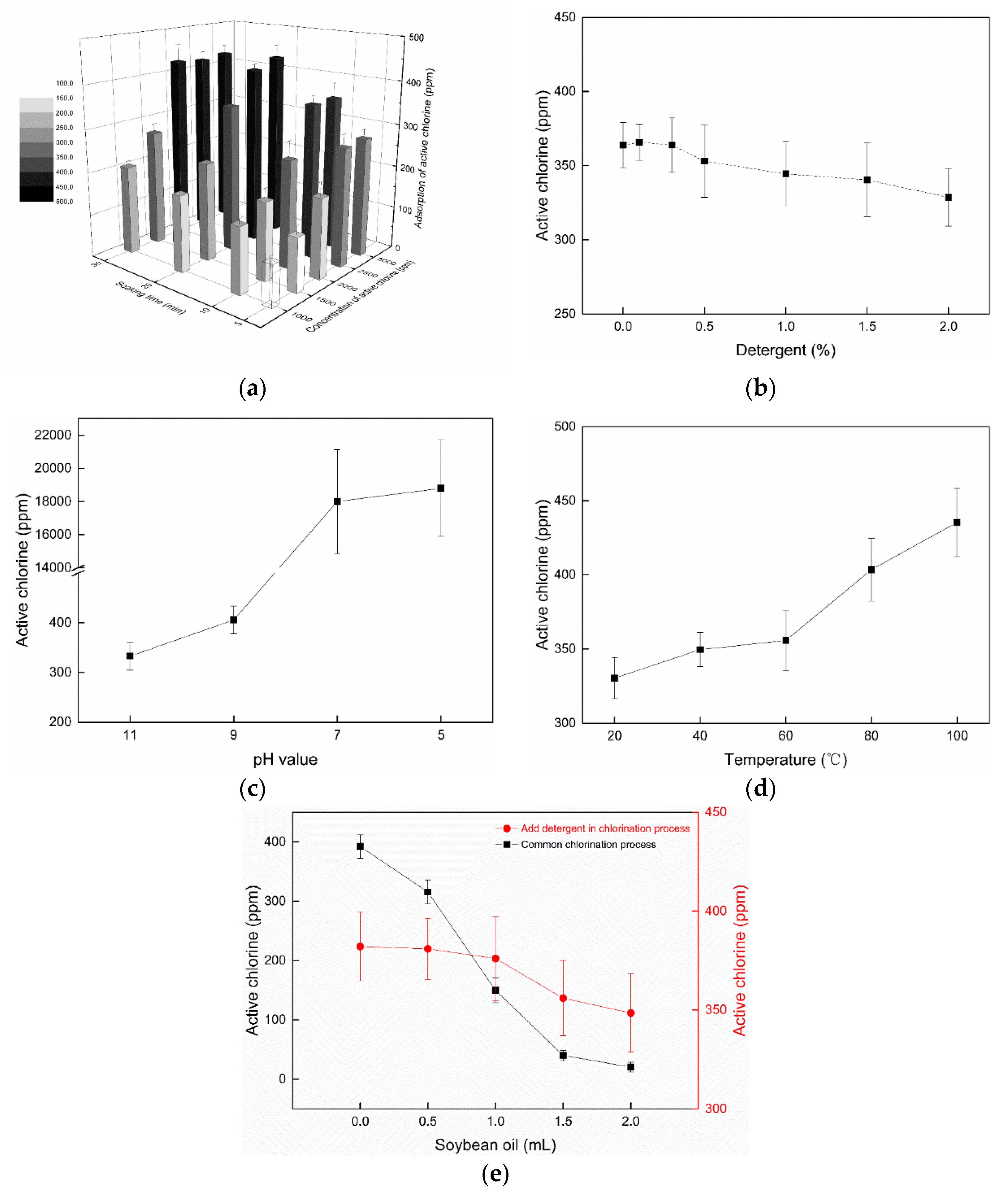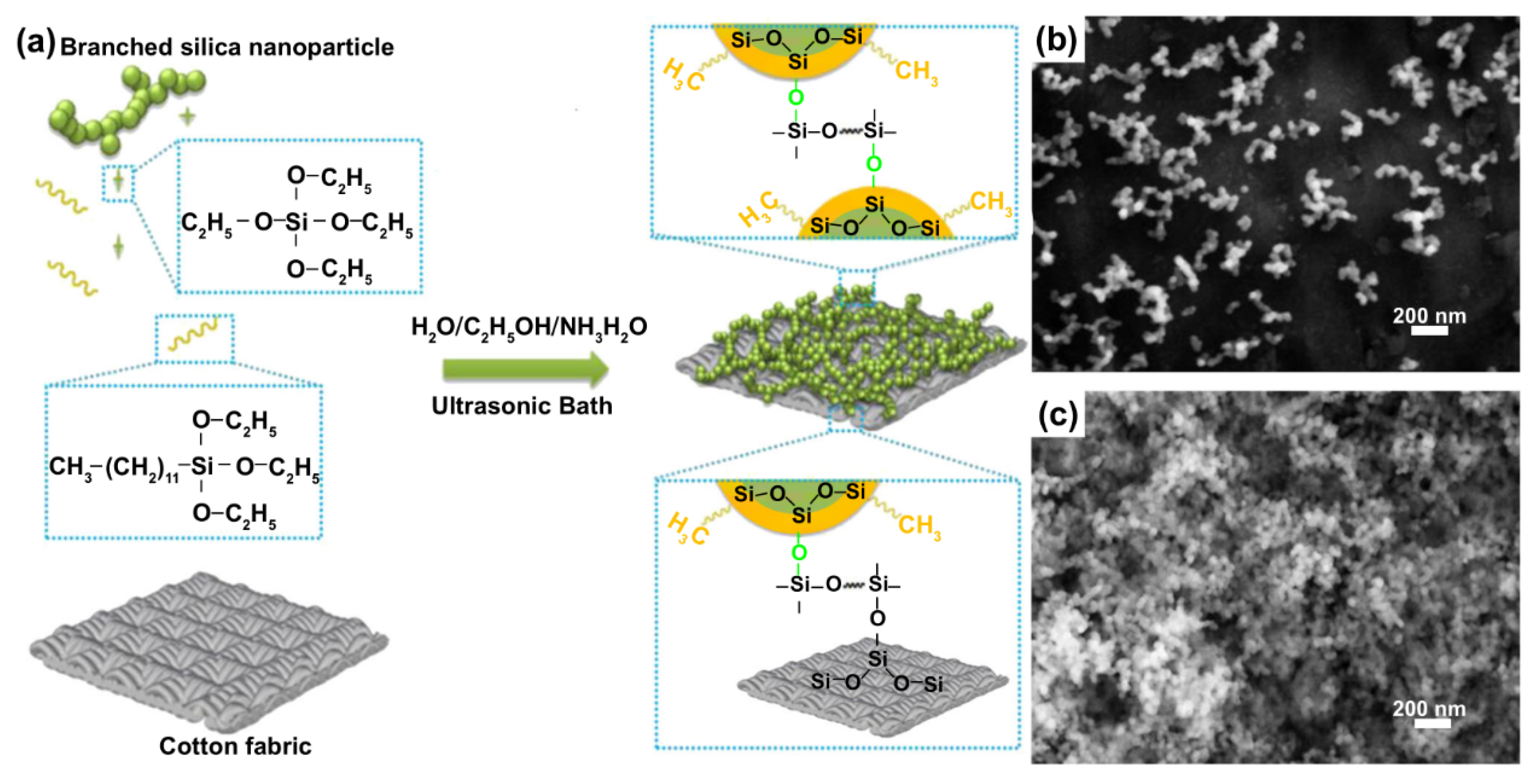

These wet processes include exhaustion, impregnation, vacuum application, maximum application techniques as well as spraying, coating, transfer and foam application methods which are among the low-liquor application techniques. Most of these application techniques are wet processes. Different application techniques are used in the studies related to give desired properties to textile materials. General expectations for all these finishing are having homogenous effect, non-damaged fibers, non-broken fabric, repeatable and economical process, low environmental impact and reduced energy and water consumption.

For this reason, energy and water-saving technologies play an important role in the machines and application methods used in finishing processes.Īlthough textile finishing processes can be applied in different material forms (fiber, tops, yarn, fabric etc.), the most common is fabric finishing. Electricity consumption is not much in finishing departments however, heat energy and water consumption is at very high level. 45–75% of the energy consumed in finishing departments is listed as wet processes, 15–40% for drying and fixing processes, 8–18% for other processes and ventilation. It could also be note that finishing departments are the most energy consuming ones among the other parts of textile manufactories. When the energy consumption in textile enterprises are compared to other branches of industry, it can be seen that the textile industry is seen to be at a substantial level. In order to solve this problem, researchers have been focused on new methods for optimum use of resources with new technologies which save energy and reduce water consumption.


This climate change has an increasingly negative impact on water resources causing a serious decrease in available water reserves in the world. The increasing concentration of greenhouse gases such as carbon dioxide, methane, chlorofluorocarbons, halons, nitrous oxide, ozone, and peroxyacetylnitrate in the atmosphere is acting to trap heat radiated from Earth’s surface and is raising the surface temperature of Earth. The potentially most important environmental problem relating to energy and water resources is global climate change (global warming or the greenhouse effect). It has long been recognized that this excessive fossil fuel consumption not only leads to an increase in the rate of diminishing fossil fuel reserves, but it also has a significant adverse impact on the environment, resulting in increased health risks and the threat of global climate change. Today, consumption of fossil fuels is dramatically increasing along with improvements of life such as industrialization processes with the increase of the world population.


 0 kommentar(er)
0 kommentar(er)
